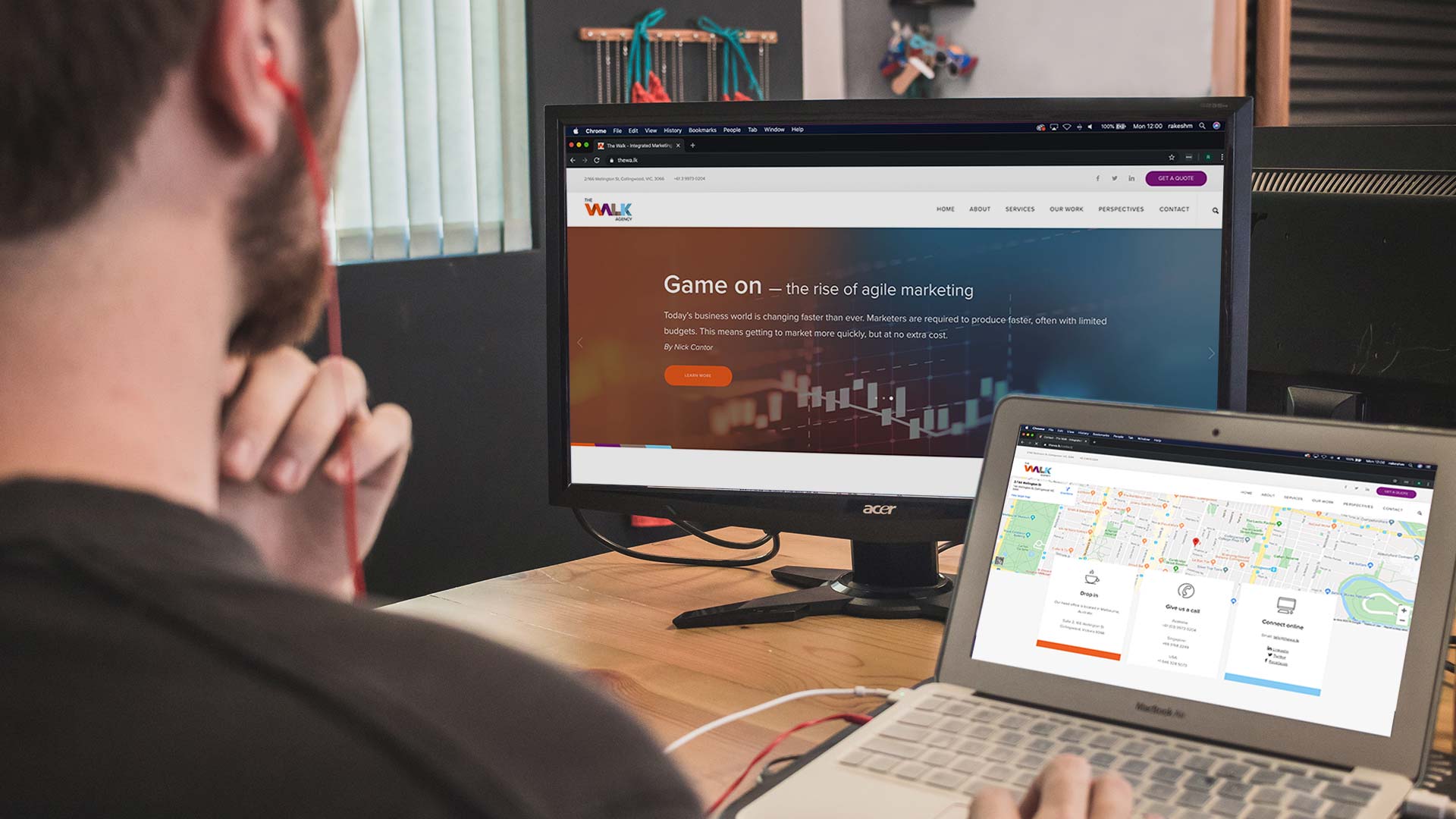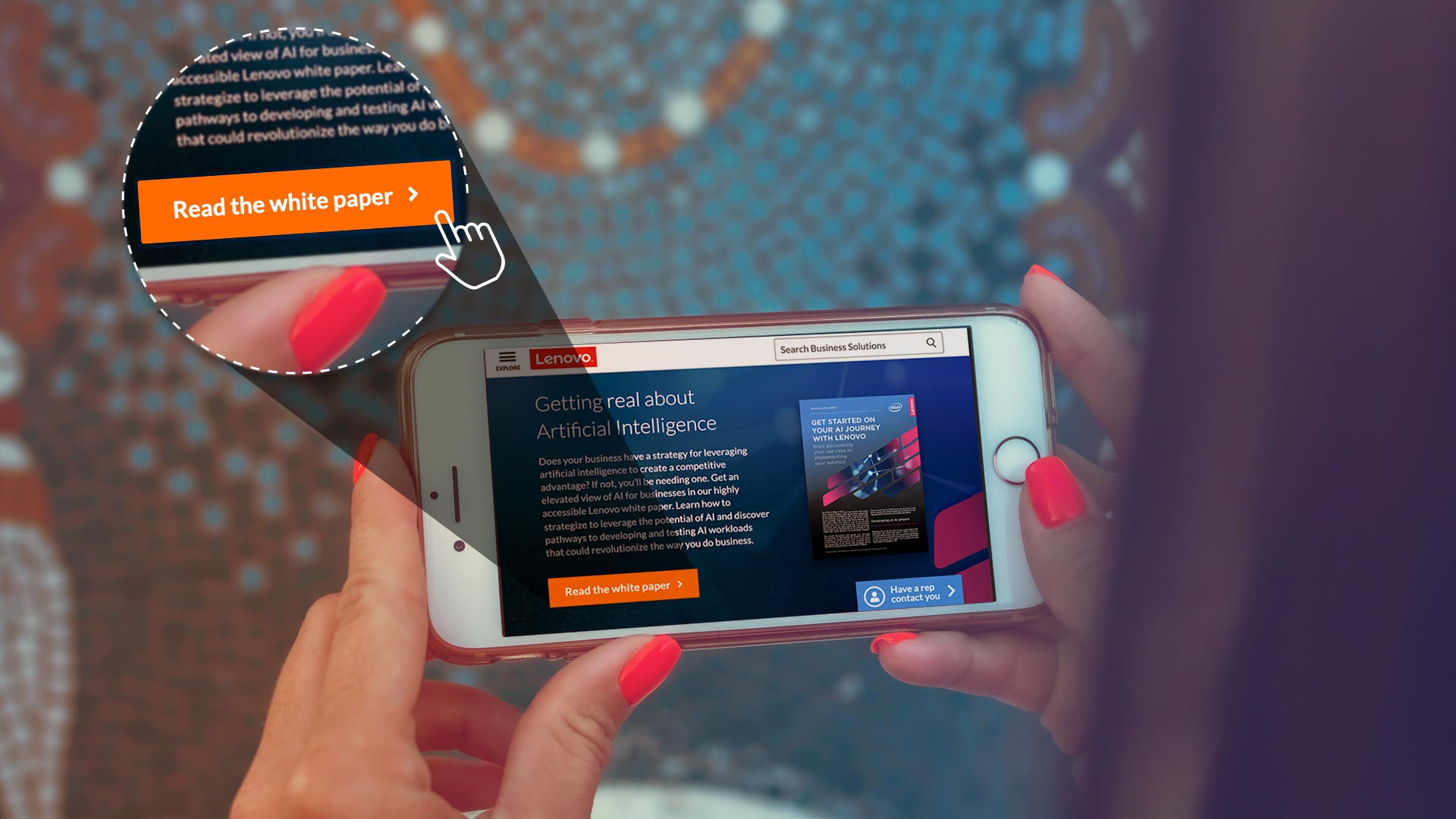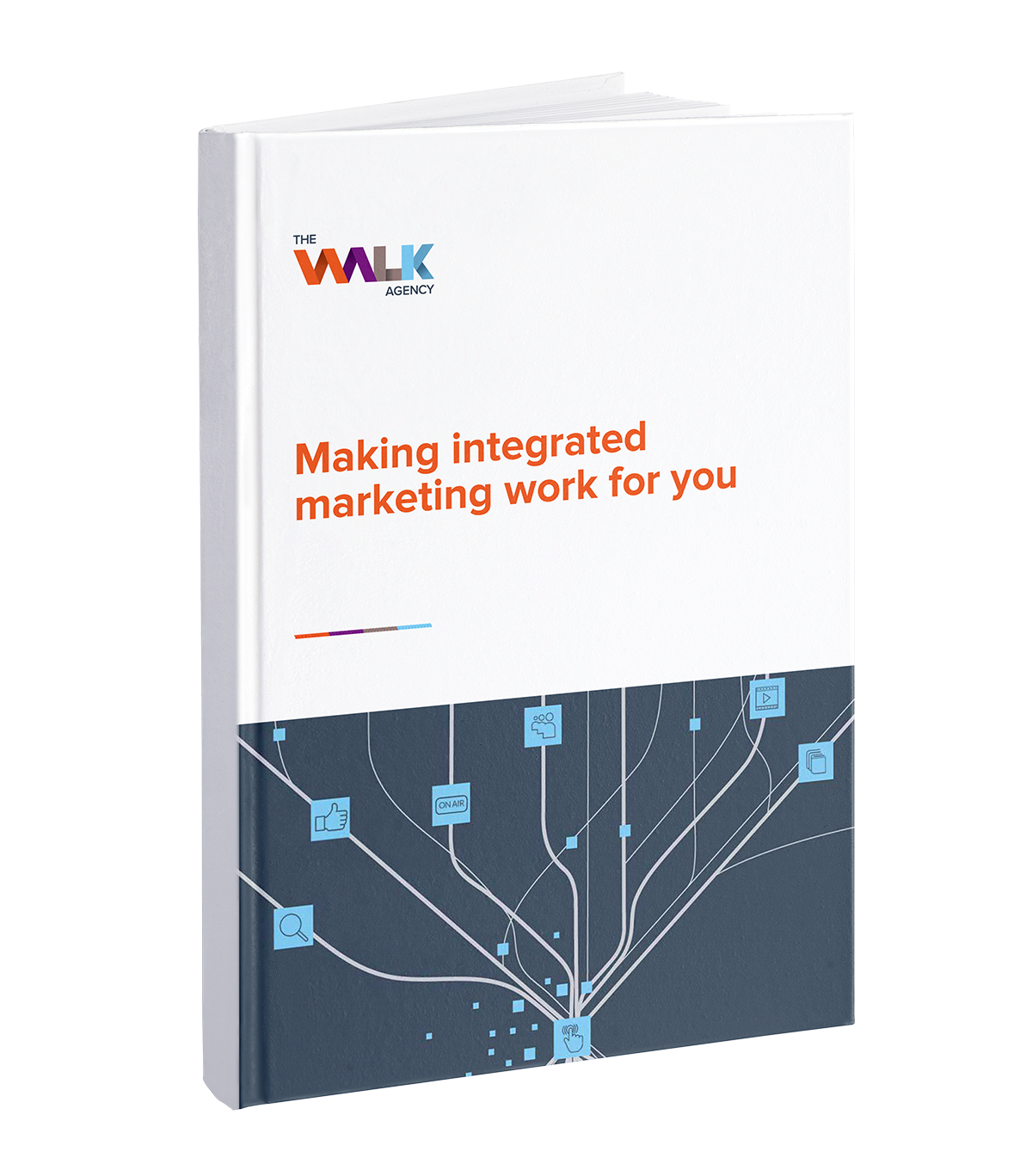You’ve heard about the attention span of the goldfish, right? Nine seconds and holding. The scary reality for us humans creating content for other humans is that our average attention span has fallen to approximately 5 seconds.
Think about that in terms of people visiting your site. Five little seconds to make a huge impact and have your potential customers take action that isn’t bouncing away to somewhere else. Terrifying, huh? Well, there are green shoots! We have techniques on how to create a content strategy that engages within that timeframe. So, relax, no biggie…
Here’s our thoroughly engaging – if we do say so ourselves – guide that could help with your digital and website content strategy!
Give the consumer key messages that they’ll find useful (and not just what you want to tell them!)
We get it.
You’re excited about your service or product. Everyone should have it in their home or business. If you could, you’d shout it from the rooftops.
But in the same way the wind can drown out what you’re saying, your content could be missing what your customers want to hear. Tailor your key messages; think about what you’re saying. Your customers want something useful to them. Shout it loud and proud, but make sure it’s meaningful. Everyone can write that they’re ‘innovative’, so make sure you actually are.

Deliver a message that will trigger their engagement!
Your integrated marketing campaign has suggested that your potential customers are interested in key things that can include price, features, benefits or just delivery options — otherwise known as buy triggers. You’ve loaded up your product pages with all the buy triggers. Brilliant!
Now, everyone who visits those pages will read the buy triggers straight away as carefully crafted vital messages and make an immediate decision to make the purchase. Except, they’re still bouncing away. Maybe the issue is that people don’t want to read pages of text?
Customers are busy people. A short 30-second video could be the way to engage your audience. Then again maybe not…conversely, a video might put off people who think you’re trying to sell them something aggressively. For them, a beautiful infographic could keep fingers clicking away.
How can we make the first two sentences or comments as short and information rich as possible?
You have 5 seconds to engage, remember? So, text-based content should begin with two short sentences (looks short and be quick to read, right?) and the rest of the content needs to look effortless and quick to read.
“
The world is FULL of information and distractions. Your task is two-fold: firstly getting ‘eyeballs’, second getting ‘time’.
”
The world is FULL of information and distractions. Your task is two-fold: firstly getting ‘eyeballs’, second getting ‘time’. You get time, or attention and engagement, by making sure your key information is relevant, useful for the reader and straight to the point.
Is the content as concise as possible?
Let the person who has not fallen down a Buzzfeed rabbit hole be the first to cast a stone. While not out to sell a product or service, Buzzfeed’s style guide was created by Emmy J. Favilla, and she wanted to create something that reflects how their readers used language.
Now, you may roll your eyes and say you’re not in the market of ‘Which Harry Potter House are you?’ quizzes, but we can learn something from Favilla’s pursuit. As we’ve already said, consumers may not want to be faced with a wall of text. They want something they can skim through at home or on their commute to work that tells them everything they need to know.
Is it clear what action you want them to take?
NEWSFLASH: If you don’t ask, you don’t get. In communications of all kinds, whether marketing or otherwise, you must be about clear what you want. If there is any ambiguity, you will find that people won’t the desired action.
A great example of this is the Netflix front page. It is one giant call to action: REGISTER FOR 30 DAY TRIAL AND START STREAMING NOW! Spotify is the same, except they offer you a paid subscription as well as a free trial from the get-go. Companies like Ikea and Dropbox use pop-ups that provide potential customers with the opportunity to sign up to a newsletter offering discounts and exclusive products. Your potential customers don’t even need to buy anything yet, and you’re already providing them with a deal for later on!

Have a clear view on what channels you need to get the messages out, where are your customer communities?
You know what key messages work as your customers are telling you, either through reviews or over the phone or however else you gather feedback. Now, it’s all about responsive messaging on effective channels.
This means having to decide what channels are the best to reach your customers. In essence, where can you meet them to share the buy triggers and messages you know are going to work.
What’s the point of posting to Facebook when your customers are mostly on Instagram or maybe they’re not even online. Are they at an event researching solutions for their particular needs? The key is to know where they are looking. So, get researching!
Understand your customers: buyer behaviours are key
Do you know the most crucial preparation task when sorting out your content development schedule?
It’s knowing why your customers are engaging with your content in the first place. You can take time to analyse how customers first came into contact with your brand, but that’s just part of the journey.
With data being only one source of customer behaviour, you need to cast your net further to encompass audience insights and preferences. As we’ve mentioned, this can be done by reviewing your customers feedback online. Another naturally occurring source of knowledge of your customer base is the people answering questions from customers, that includes salespeople on the road and those answering the phone:
- What are the top three enquiries from potential customers (go by enquiries per product if that is your business model, we’re looking for common patterns here)?
- What is the first question asked most often?
- Where else do customers typically look for the products they are enquiring about? Who are your competitors really?
Questions like these are a key source of understanding buyer behaviour, get asking!
Conclusion
Why are potential customers failing to engage with your content?
Long story, short: No one stays for long, irrelevant content. When developing your content and marketing strategy, always keep your focus on delivering content that is useful to your readers. Because let’s be fair, if you’re asking people to give their time to read your content, it’s going to have to be worthwhile.
So, let’s recap: a clear understanding of what your customers want and how they can get it is essential to even have a shot at engaging your customer communities. And let’s not forget that thoughtful development is likely to increase the odds of your content engaging quickly. To do this, you need to:
- Know what the key messages are before you start
- Know what form the messaging needs to be in, video, audio
- Know the delivery channels that will find your customer community
As an expert integrated digital marketing agency, we know how to create quality content strategies to help brands grow. We’d love to show you how our results-oriented approach can grow your business. So, drop us a line or give us a call today.





